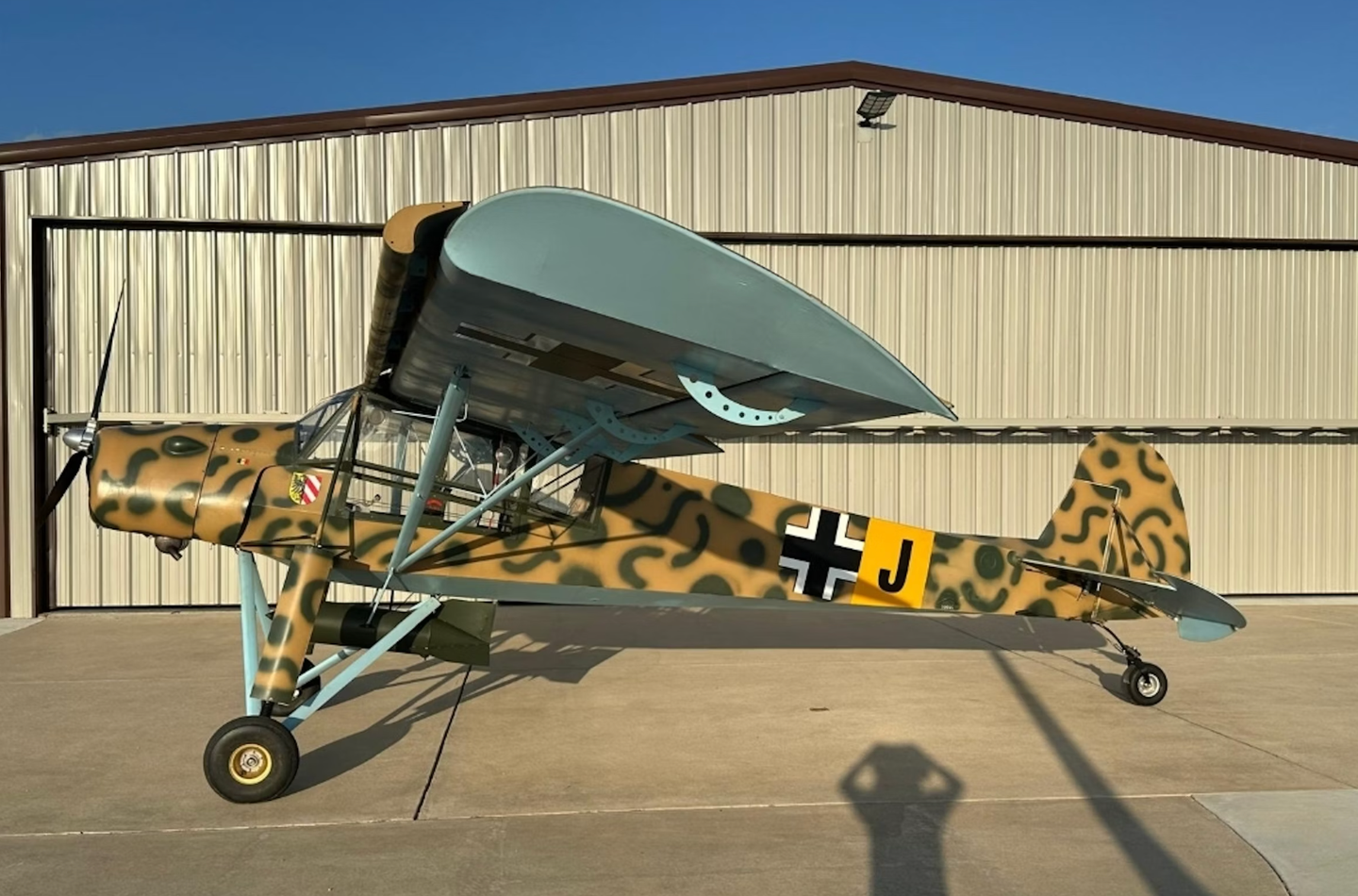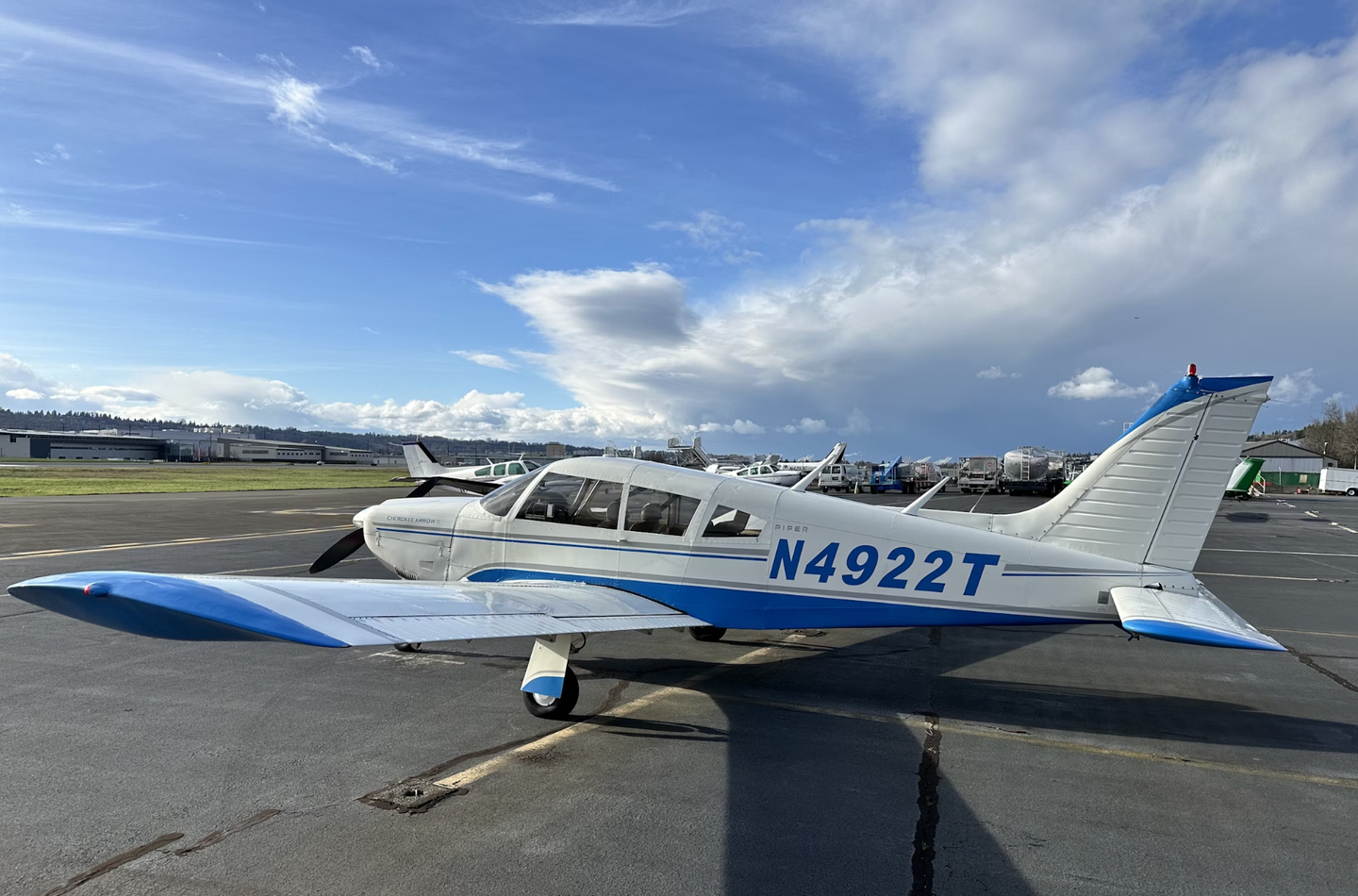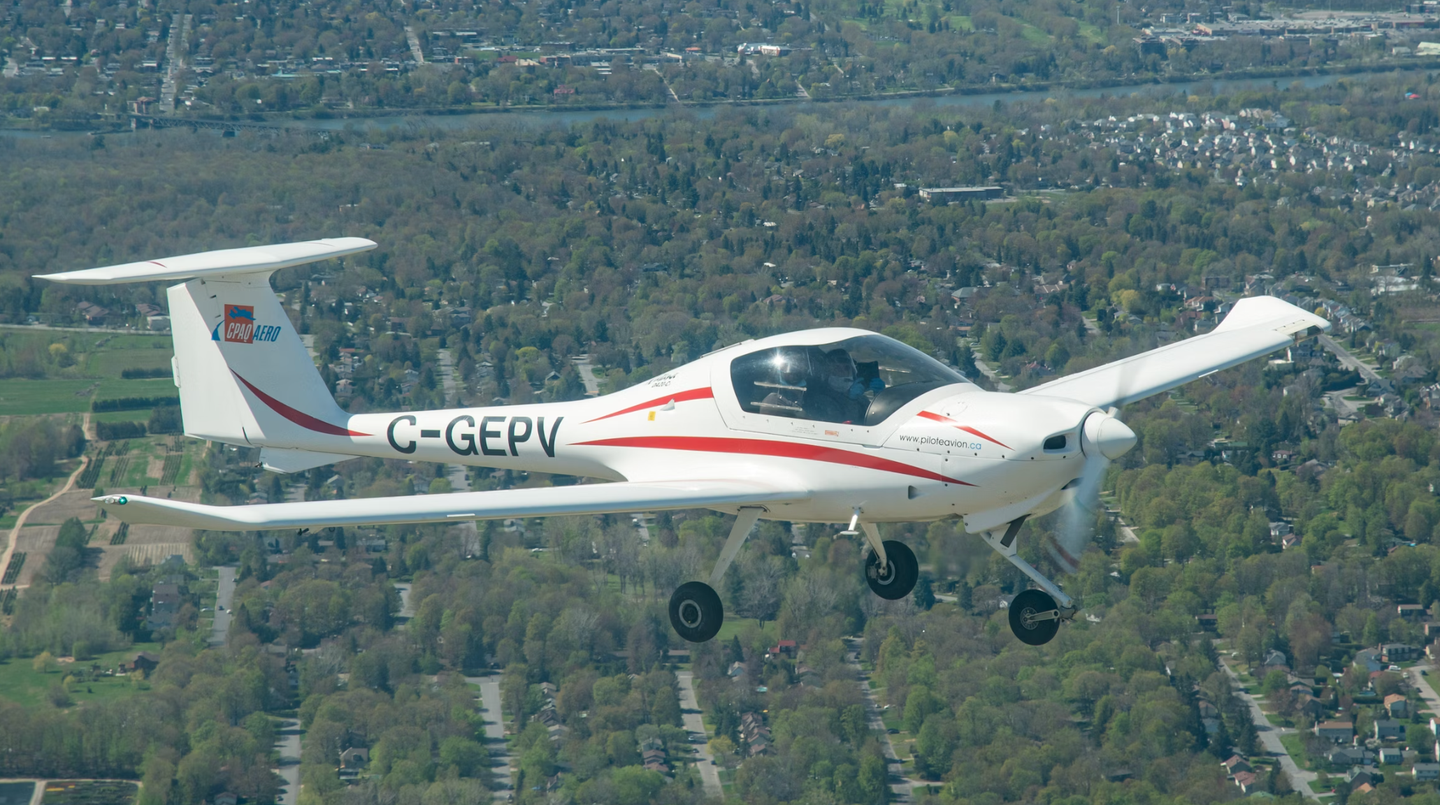Instrument Landing System
The instrument landing system is a presumptuous, even boastful name. Even when it was introduced, it was hardly the first or the only system for helping an airplane find the…

The instrument landing system is a presumptuous, even boastful name. Even when it was introduced, it was hardly the first or the only system for helping an airplane find the airport in conditions of low visibility through the use of instruments. But just as no one complained when Muhammad Ali called himself "The Greatest," because he so clearly was, the same was true for ILS. Whereas a VOR approach could get you within shouting distance of the final approach fix (with the help of a stopwatch, a guess at the winds and, if you were lucky, an intersecting radial), an ILS provided the whole shebang, with lateral and vertical guidance, and it did it with such precision that most ILSes got you down to 200 feet AGL. True, it required a lot of infrastructure, but it created a high-precision landing system at a time when the technologies that air navigation architects could leverage were rudimentary. They were essentially nav radio signals arrayed vertically (the glideslope) and laterally (the localizer component) with an instrument in the airplane to keep track of each. While flying an ILS takes practice and requires skills that don't come naturally to many pilots---staying on the glideslope is as much an art as a science---it's a self-contained system that makes the VOR approach look positively primitive.
Sure, precision RNAV approaches are better in a few important ways, but ILS was the undisputed champ of instrument flying for more than 50 years. And with it in wide use still, even for automatic landings, few expect it to go away any time soon.

Subscribe to Our Newsletter
Get the latest Plane & Pilot Magazine stories delivered directly to your inbox






